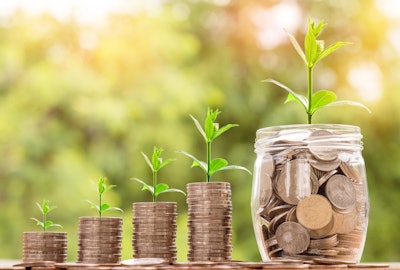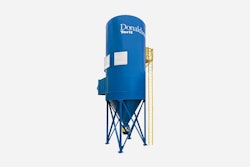
As the trend toward increased integration of sustainability and regenerative standards and operating practices has gained traction in U.S. agriculture, so too has the focus on adopting practices that sequester carbon, creating an “asset” that can be sold to investors.
This brings with it compelling opportunities, particularly in mitigating carbon emissions, but also raises questions due to the nascent nature of this emerging asset.
GAI News has been on the forefront of covering the latest in the proliferation of discussions on carbon credits and the resulting investing opportunities.
Today, its parent company, HighQuest Partners, released a new white paper, The Financialization of Carbon Assets in Food and Agriculture, which was researched and analyzed by the company’s global consulting division.
GAI spoke with the authors, Philippe de Lapérouse, managing director, and Mark Zavodnyik, consulting manager, to get the highlights of the paper.
1) A voluntary market for carbon offset credits generated by the food and ag sector has existed for decades. What has changed to fuel the flurry of activity to create an “asset” that has a quantifiable market value?
Four trends, which are detailed in the white paper, explain the increased interest in carbon offset credits, as well as other sustainability initiatives being undertaken to reduce Greenhouse Gas (GHG) emissions (including nitrous oxide and phosphorus) and protect other natural assets (oceans, coastal areas, wetlands, and fresh water). These focus on more accurate data being available, the continued global pressure to commit to climate change initiatives, increased interest from the food and ag industry, and new technology development to reduce collection costs.
2) Are there standard measurements for capturing carbon?
The voluntary market for agricultural offset credits is an embryonic market where duplication of effort, due to different standards and protocols being adopted as to how to monitor, report and verify credits issued, makes it challenging to understand how the market functions and know the role of different participants in the market. In North America, four organizations set standards and protocols for quantifying and verifying GHG emissions reduction projects, oversee independent third-party verification bodies, and register carbon credits on their transparent publicly accessible electronic registries. In addition, two developers of offset programs are leveraging blockchain technology to ensure the integrity of carbon credits they are originating, rather than listing them on one of the four registries.
3) What is the potential market size?
A recent report from the Ecosystem Market Consortium (ESCM) estimates that the potential total supply of carbon credits that could be generated in the U.S. from food and agriculture is 320 million MT, or $8.6 billion (assuming $27/MT of CO2). This compares to estimates by industry observers that to-date a total of 100 million MT of CO2 have been sold in the U.S. as voluntary offset credits generated from both forestry and agricultural lands, raising $300 million (@ ~ $3/MT of CO2), with most credits originating from forestry holdings.
This emerging market is positioned to continue growing over the next decade and beyond. Understanding how the market functions and how it can be leveraged for financial benefit will increasingly become important for stakeholders operating in and allocating capital to the food and agricultural sector globally.
4) Enthusiasm among farmers is lukewarm, noting that the value received for carbon offset credits often does not provide a sufficient level of revenue after deducting the costs of implementing new operating procedures, and monitoring outcomes. What needs to happen to ensure the expansion of the carbon offset market?
There are five guiding concepts that purchasers of carbon offset credits require: additionality; permanence; no-double counting; measuring, reporting, and verification; and scalability.
These are explained further in the paper, but essentially for the market to scale-up and attract the participation of land stewards, the relatively high cost of issuing carbon offset credits will need to decrease substantially.
For example, while some carbon offset agreements may be contracted for as much as $20/MT of CO2, the majority are most likely settled at less than $10/MT of CO2, with producers receiving an even lower amount after netting out the costs associated with issuing and maintaining a carbon offset credit. Get all the details in The Financialization of Carbon Assets in Food and Agriculture.
Download the white paper here.
By Michelle Pelletier Marshall, Global AgInvesting Media


















